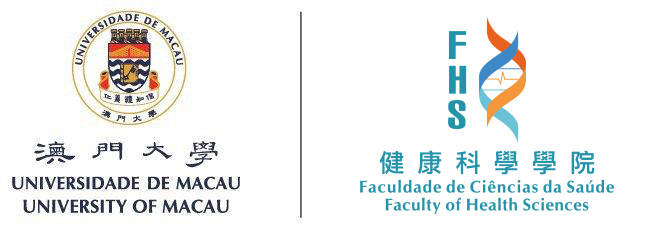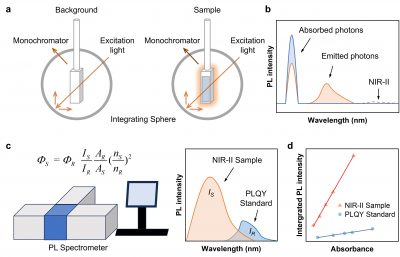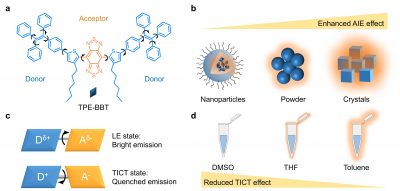A team of researchers led by Dr Changhuo XU, in collaboration with Dr Jacky Wing Yip LAM from the Hong Kong University of Science and Technology (HKUST) and Prof Ben Zhong TANG from the Chinese University of Hong Kong, Shenzhen, has made a significant breakthrough in the field of second near-infrared (NIR-II) materials. They have developed a new organic fluorophore, TPE-BBT, which sets a reliable standard for measuring photoluminescence quantum yield (PLQY) in the NIR-II window. This advancement promises to unify evaluation criteria for NIR-II materials, paving the way for more accurate and consistent research, and providing new tools for frontier applications in bioimaging and cancer diagnosis. Their findings have been published in the prestigious journal Small.
NIR-II materials have found extensive applications such as deep-tissue bioimaging, organic light-emitting diodes, and communication technologies. A key factor in determining the performance of these materials is PLQY, defined as the ratio of emitted to absorbed photons. Traditional integrating sphere technology for determining absolute PLQY faces challenges due to the low signal-to-noise ratio and significant measurement error caused by the low PLQY values of most NIR-II materials, often below 1%. The most common approach, the relative method based on reference standards like IR-26, can measure PLQY more precisely even when it is less than 1%. However, the PLQY of IR-26 is inconsistently reported, ranging from 0.05% to 0.50%, leading to unreliable results.
To address these challenges, the research team introduced TPE-BBT, an aggregation-induced emission (AIE) luminogen, which exhibits high PLQY in low-polarity solvents. Its molecular structure, comprising a benzobisthiadiazole acceptor and a tetraphenylethylene donor, enables strong emission in the NIR-II window. The researchers demonstrated that TPE-BBT’s PLQY is highly dependent on solvent polarity, with its toluene solution achieving an impressive PLQY of over 6%—one of the highest values reported for NIR-II organic small-molecule dyes. In tetrahydrofuran, TPE-BBT exhibited a moderate PLQY of 3.94%, which was used as a standard for relative NIR-II PLQY measurements.
Using TPE-BBT as a reference, the team recalibrated the PLQY values of two widely used NIR-II standards, IR-26 and IR-1061. The results showed that IR-26 has a PLQY of 0.0284% in 1,2-dichloroethane, while IR-1061 has a PLQY of 0.182% in dichloromethane. These calibrated values allowed for more accurate relative PLQY measurements, with results closely matching absolute values. This breakthrough establishes a more consistent framework for future NIR-II PLQY measurements, reducing discrepancies between absolute and relative methods and enabling more reliable comparisons across studies. By providing a more accurate and standardized way to measure PLQY, the team’s work is expected to accelerate the development of NIR-II materials for applications in bioimaging, optoelectronics, and beyond.
Dr Xu, Dr Lam, and Prof Tang are the co-corresponding authors of this study. Dr Hanchen SHEN and PhD student Xinyan ZHU at HKUST are the co-first authors. HKUST Post-Doctoral Fellow Dr Jianyu ZHANG also contributed to the study. The research was supported by the Science and Technology Development Fund of Macao SAR (file number: 0049/2023/ITP2). The full version of the research article is available at https://onlinelibrary.wiley.com/doi/10.1002/smll.202411866.




